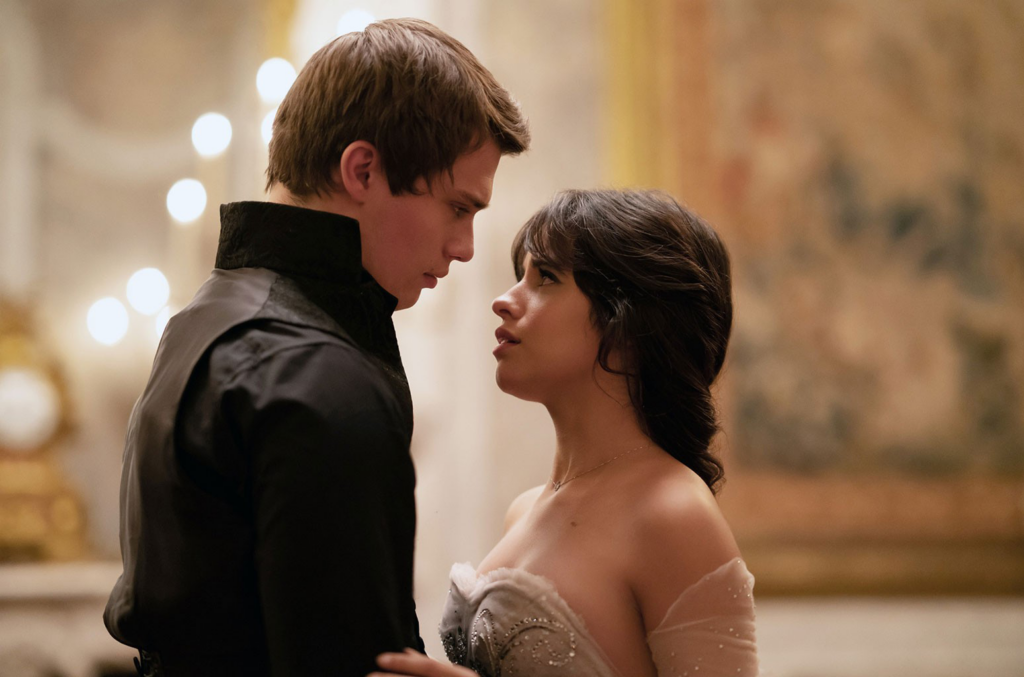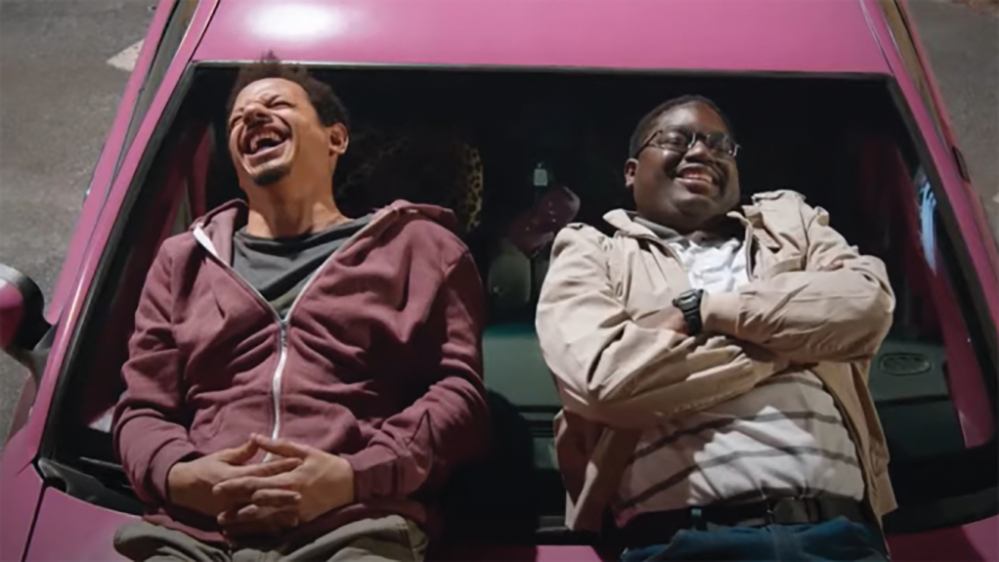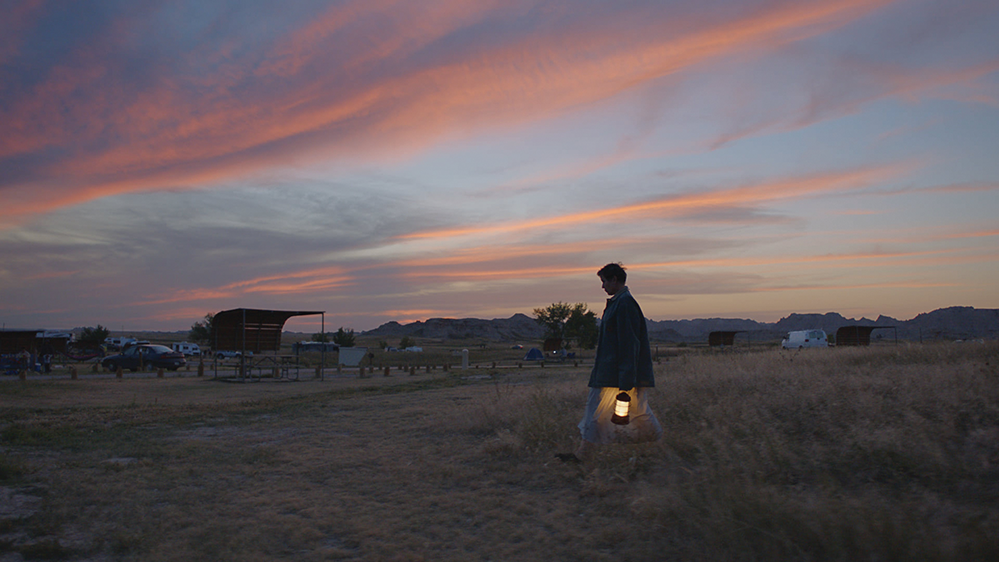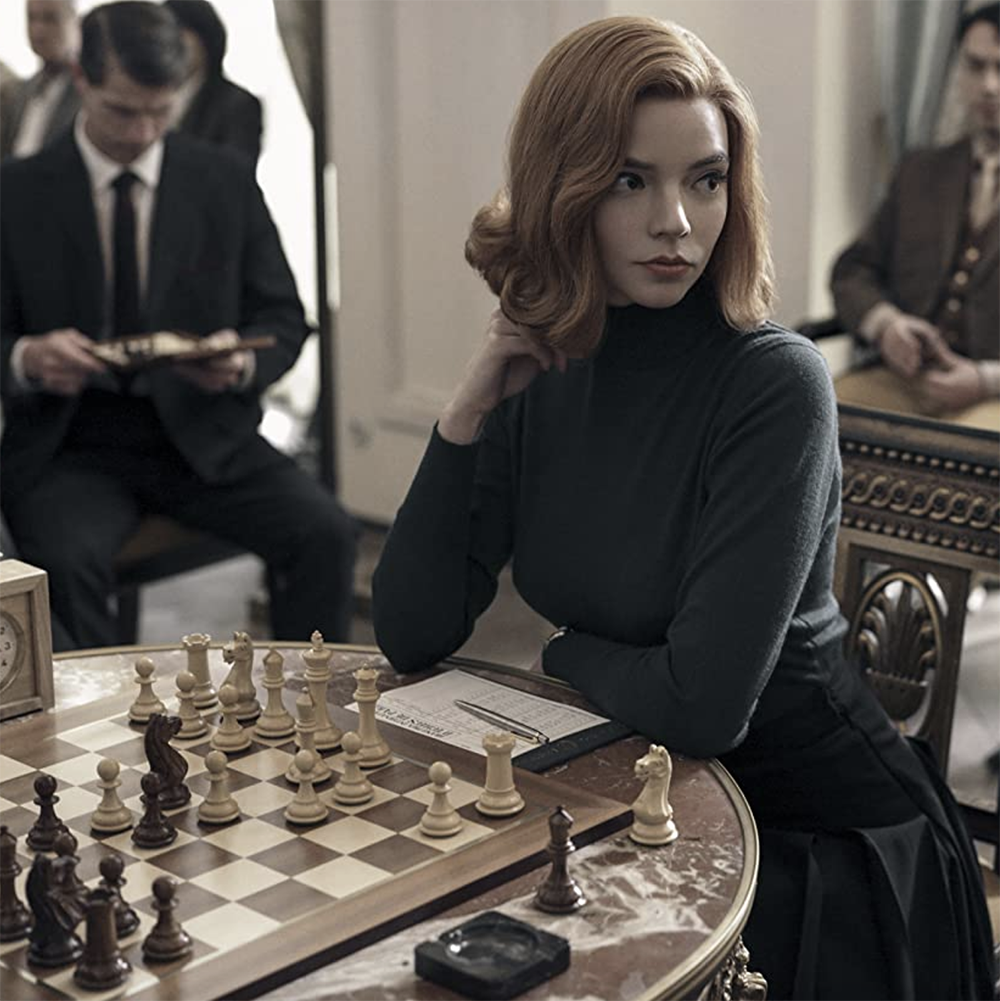★★★☆☆
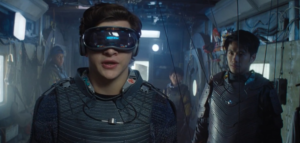
Best known for genre-defining Hollywood classics like “E.T. the Extraterrestrial” and “Jurassic Park,” Steven Spielberg brings Ernest Cline’s 2011 bestselling novel to life with his latest venture, “Ready Player One.” Despite clear deviations from the source material, the movie enhances the book’s plot by addressing the flaws in characterization that are prevalent throughout the novel, while delivering a thrilling science fiction blockbuster grounded in 1980s nostalgia and abundant pop culture references.
Set in 2045, “Ready Player One” follows the story of a young orphan named Wade Watts, played by Tye Sheridan. Like the rest of humanity at the time, he escapes his brutally dystopian and desolate reality through a virtual reality world known as the OASIS. The brainchild of the eccentric and introverted creator James Halliday, played by Mark Rylance, the OASIS grants users the freedom to be whoever they want to be.
Halliday’s death sparks a global contest to find a golden Easter egg hidden somewhere within the universe that will grant its finder the entirety of his fortunes and full control over the OASIS. Using his avatar Parzival, Wade sets out to find the three keys that all lead to this Easter egg. He is joined by other fellow “gunters,” or Easter egg hunters, including the avatars of his hulking best friend Aech, played by Lena Waithe; the red-haired rebel Art3mis, played by Olivia Cooke; the samurai Daito, played by Win Morisaki; and the ninja Shoto, played by Philip Zhao.
The movie finds its main antagonist in corporate figure Nolan Sorrento, played by Ben Mendelsohn, who presides over an army of drone players that hunt the Easter egg for future profits.
One of the film’s greatest strengths lies in the seamless shifts between the dazzling dream world of the OASIS and the bleakness of reality, a testament to Spielberg’s masterful world-building. The differences between the two worlds are especially highlighted by dynamic differences in colors. Whereas the OASIS is constantly portrayed in vibrant hues, reality is tinged with gray.
For the pop culture lover, the film is riddled with iconic references to the 1980s. From music by the Bee Gees to allusions to films like “Back to the Future,” “The Shining” and “The Iron Giant,” the inclusion of cultural icons adds plausibility to the idea that the OASIS is a world built on Halliday’s fascination with that decade.
Moreover, it is hard to describe “Ready Player One” as anything other than a visual masterpiece. The majority of the movie is done entirely in computer-generated imagery, and the visual effects of the action sequences are well-executed. With immersive scenes like a car chase in the beginning of the film and the extended sequences from “The Shining,” viewers will easily become immersed in the virtual reality of the OASIS. Both dazzling and at times overwhelming, Janusz Kamiński’s cinematography is an ambitious feat that pays off.
Despite being visually stunning and a nostalgic ode to the 1980s, “Ready Player One” lacks something characteristic of all Spielberg films: a heart. The movie’s underlying message that the real world matters as much as the virtual reality is lost in the wild ride to finding the Easter egg and fails to have any real impact on the story or the audience.
Outside of the OASIS, both the main antagonist and the real-life relationships between the characters are underdeveloped. The romance between Wade and Samantha, Art3mis’ real-world identity, felt trite and unnecessary and diverts the viewer’s attention from the noteworthy themes of escapism and rebellion. As a result, this romance cheapens the film’s plot and detracts from the overall movie instead of enhancing it.
Furthermore, the villain, Nolan Sorrento, lacks both nuanced motives and a compelling backstory, making him largely one-dimensional. The overused trope of a villain motivated mainly by greed does little to sell the character as a convincing and exciting antagonist. Combined with the main characters’ lack of development, this lack of depth makes it difficult to become invested in the human aspects of the film.
In times when culturally impactful films like “Black Panther” and “Wonder Woman” leave viewers with an important underlying message, “Ready Player One” does not have a lasting impact, nor does it feel like a story that needed to be told.
While Spielberg’s “Ready Player One” is an outrageously fun tribute to everything pop culture, in the end it proves to be more glitter than substance.








